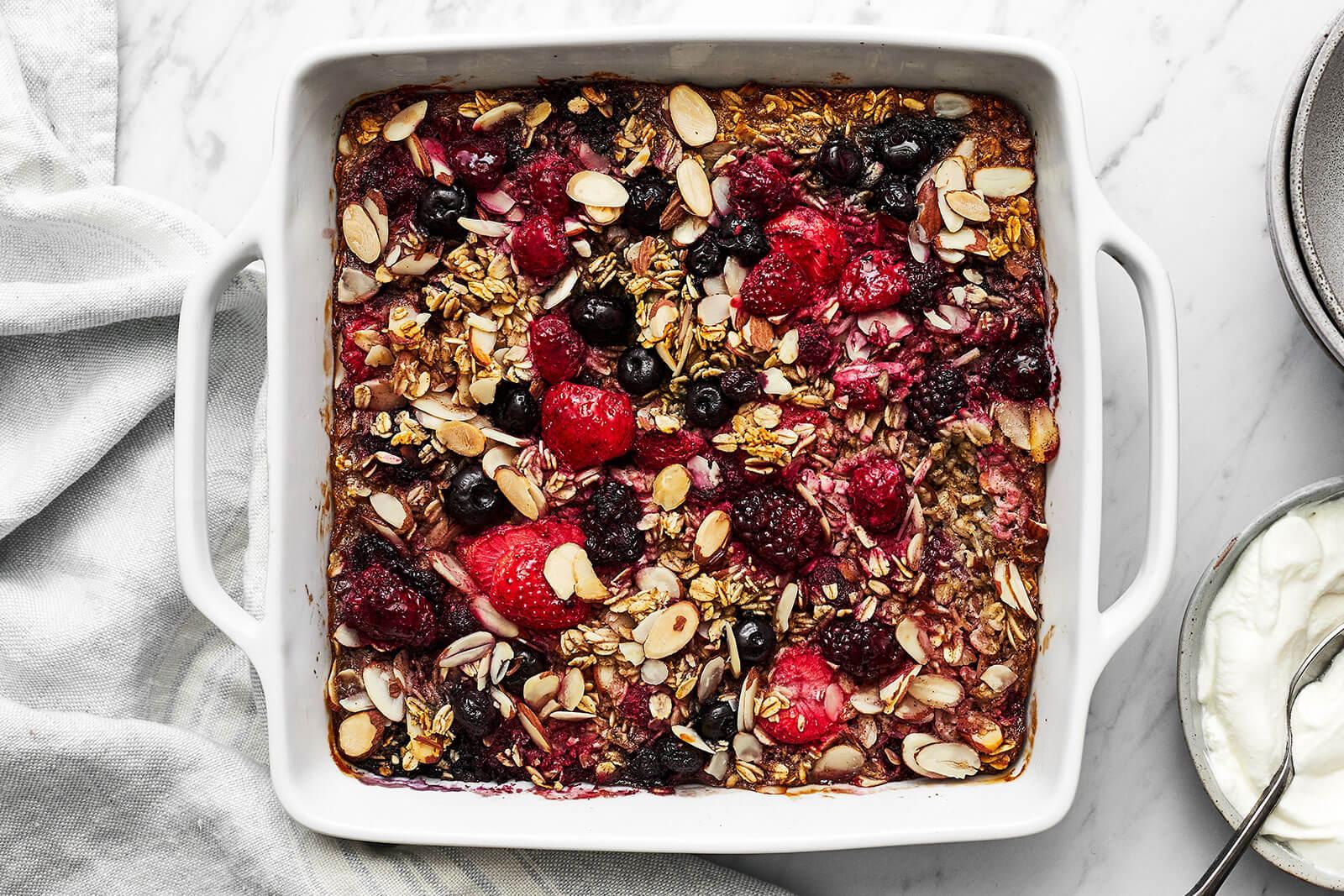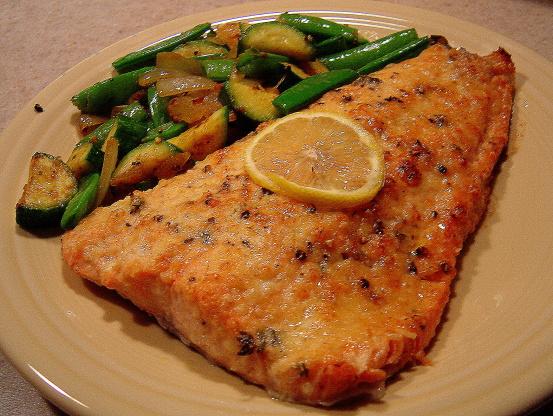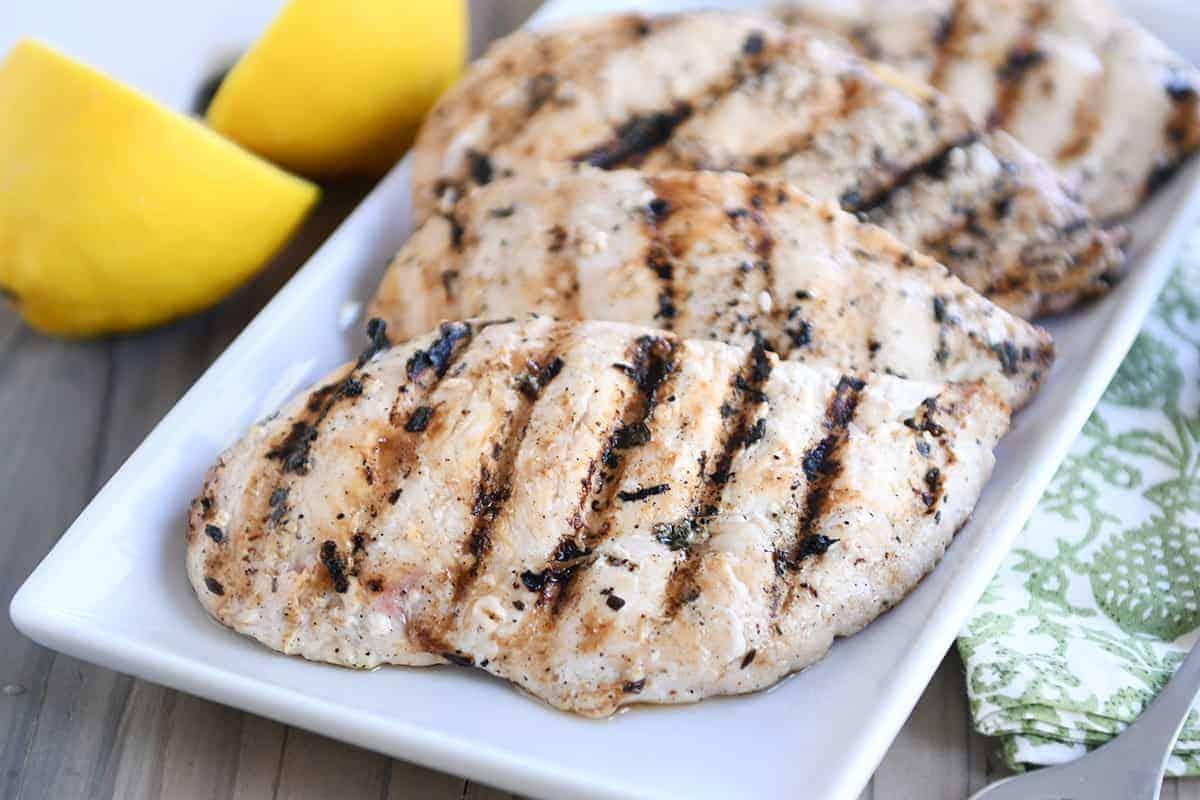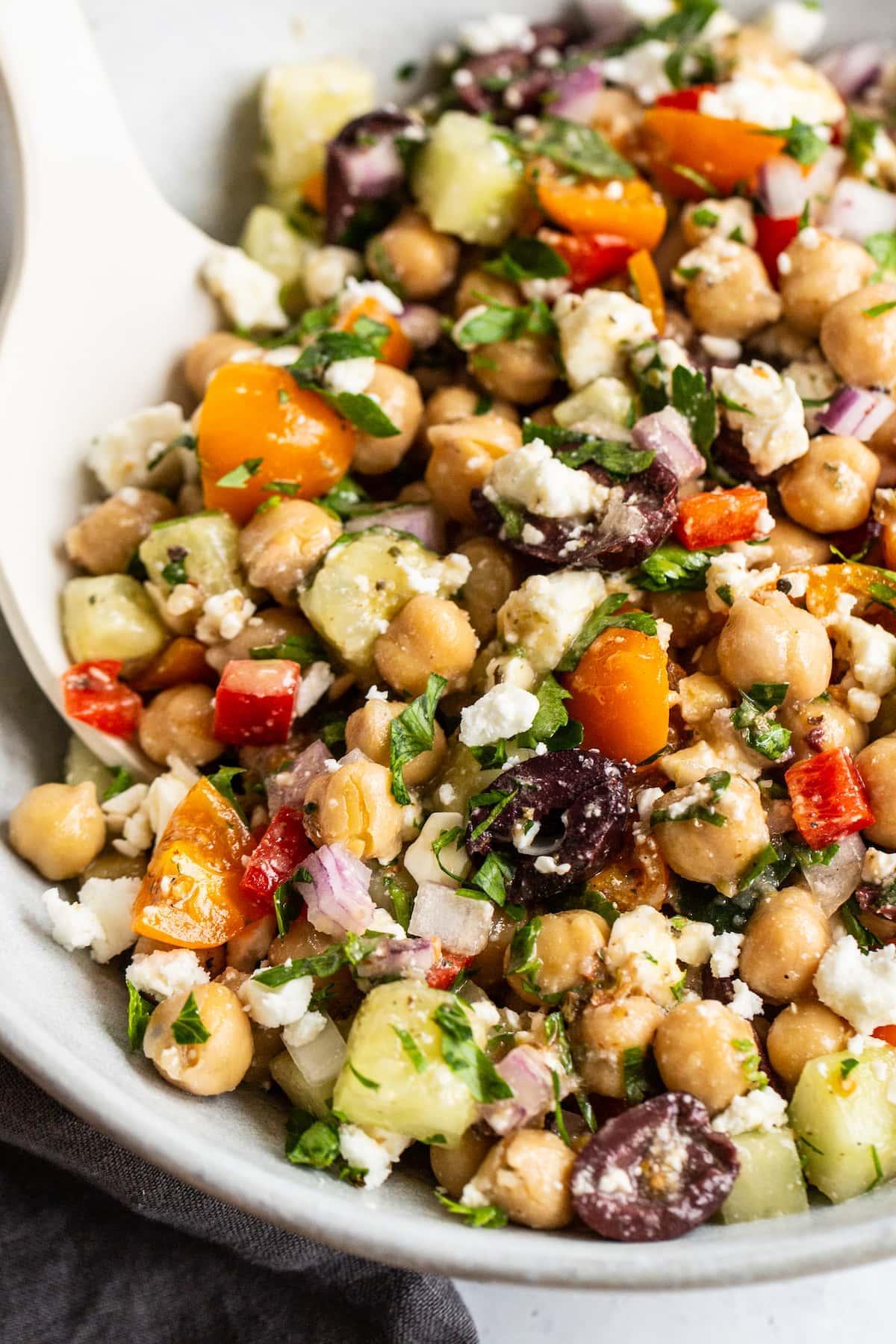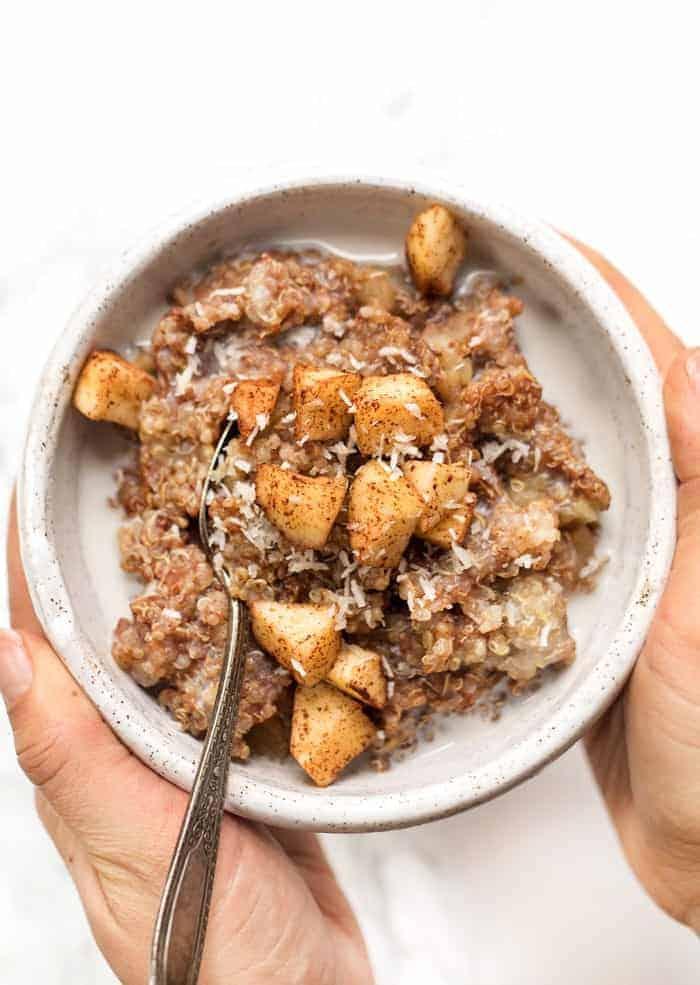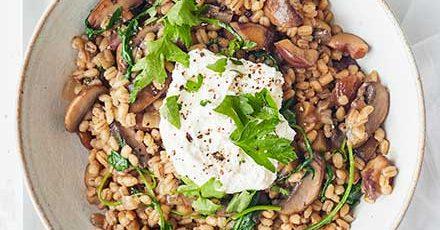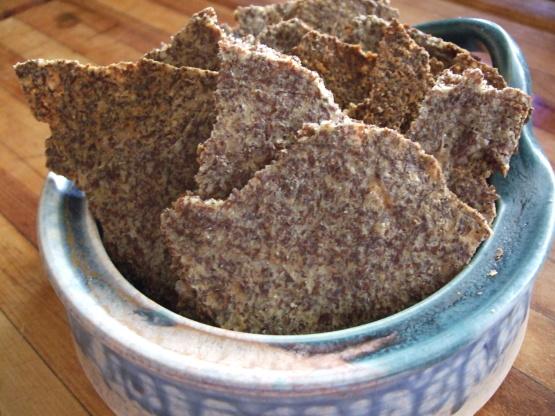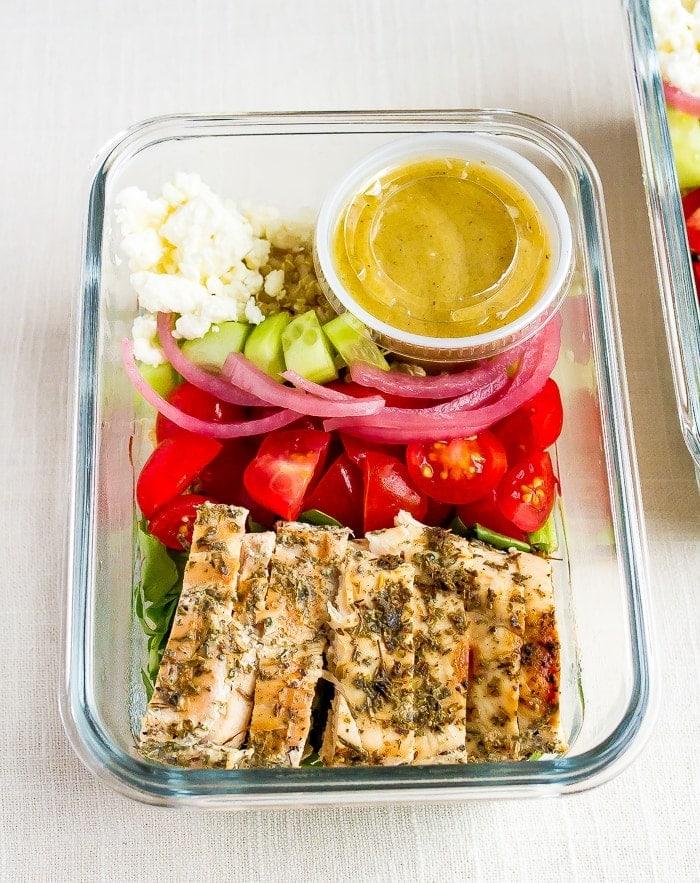
Pick your health conditions
and see that we got you covered!
Filter by
Health conditions
Diet type

Focus on plant-based proteins like legumes, tofu, and nuts to meet protein needs without increasing cholesterol. Incorporate plenty of soluble fiber from foods such as oats, apples, pears, and beans, as it can help to reduce LDL ("bad") cholesterol levels. Limit intake of high-fat dairy and eggs, opting for cholesterol-free alternatives like fortified plant milks and egg substitutes to manage overall dietary cholesterol.
For Cholesterol High
Vegetarian
Day 1
A meal plan for hypertension tailored to Mediterranean users focuses on incorporating heart-healthy fats, such as olive oil, nuts, and fatty fish, while limiting saturated fats and sodium. It emphasizes a high intake of fruits, vegetables, whole grains, and legumes, which are rich in fiber, vitamins, and minerals that support vascular health. The plan encourages moderate consumption of dairy, particularly low-fat options, and includes lean protein sources while reducing red meat and processed foods to manage blood pressure effectively.
For High Blood Pressure Hypertension Htn
Mediterranean
Day 1
A meal plan designed for high blood pressure, often following the DASH diet principles, emphasizes fruits, vegetables, whole grains, and lean proteins while being low in sodium, which helps to reduce blood pressure. It includes plenty of potassium-rich foods like bananas and sweet potatoes, which can counteract the effects of sodium and help to lower blood pressure. The plan limits high-sodium processed foods, fatty meats, and sugary beverages, while promoting nuts, seeds, and legumes that provide beneficial nutrients without raising blood pressure.
For High Blood Pressure Hypertension Htn
Dash
Day 1
Focus on high-fiber vegetables, lean proteins, and healthy fats to reduce carbohydrate intake and lower triglyceride levels. Incorporate omega-3 fatty acids from sources like fish, replace simple carbs with whole grains, and avoid sugary foods and refined carbohydrates. Limit alcohol and trans fats, while including moderate exercise to complement the dietary changes for better triglyceride management.
For Triglycerides High
Low Carb
Day 1


AI recipes for High Cholesterol & Vegetarian
A meal plan for high triglycerides and DASH users emphasizes low saturated and trans fats, lean proteins, whole grains, fruits, vegetables, and low-fat dairy, aimed at reducing bad cholesterol and blood pressure. It typically includes heart-healthy fats from sources like fish, nuts, and olive oil, while minimizing added sugars and refined carbohydrates that can spike triglyceride levels. Portion control and regular meals are structured to maintain steady blood sugar levels and promote a healthy weight, both key in managing triglyceride and blood pressure levels.
For Triglycerides High
Dash
Day 1
A health-focused meal plan emphasizes a balance of macronutrients, consisting of lean protein, complex carbohydrates, and healthy fats to maintain energy levels and support bodily functions. The plan includes a variety of colorful vegetables and fruits to provide essential vitamins, minerals, and antioxidants that aid in disease prevention and overall wellness. It limits processed foods, added sugars, and excessive sodium to minimize the risk of chronic diseases such as obesity, diabetes, and hypertension.
View meal planDay 1
Low in sodium and processed foods to help manage high blood pressure and hypertension; rich in magnesium and potassium to relieve back pain and headaches. High in fiber, whole grains, and lean proteins to assist with blood sugar control for diabetes; includes anti-inflammatory foods to reduce abdominal and lower back pain. Emphasizes fruits, vegetables, and healthy fats; portion-controlled to prevent chest pain linked with poor circulation and to support overall balance for health maintenance.
For Back Pain
For Abdominal Pain
For High Blood Pressure Hypertension Htn
For Chest Pain
For Diabetes Mellitus Dm
For Headache
For Hypertension Essential
For Lower Back Pain
Balanced
Day 1








